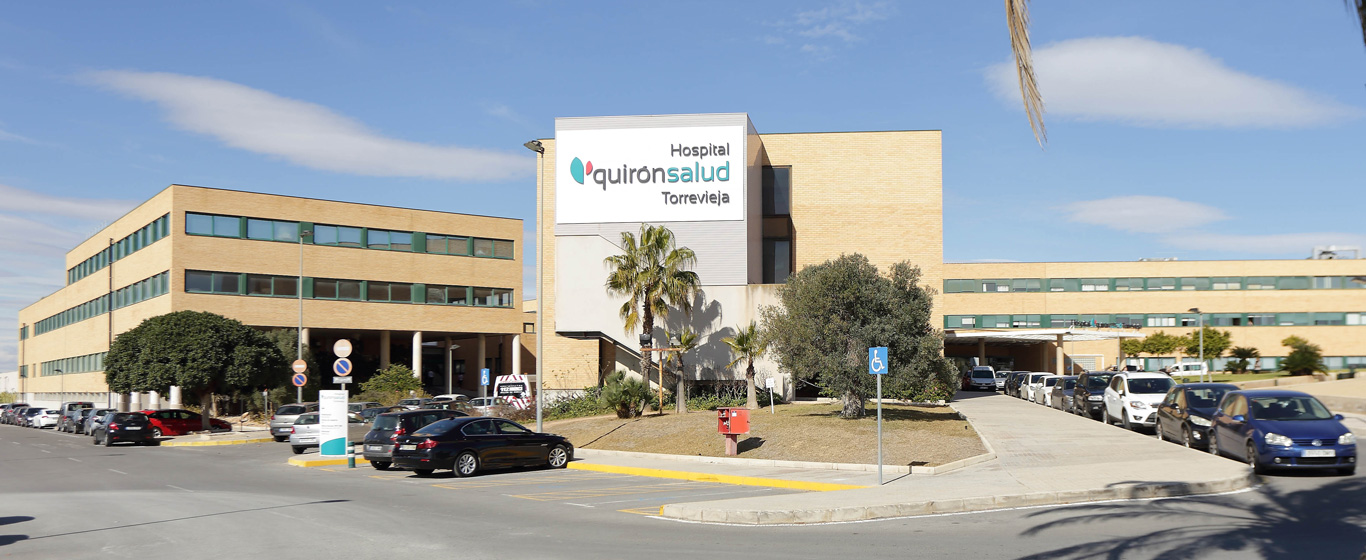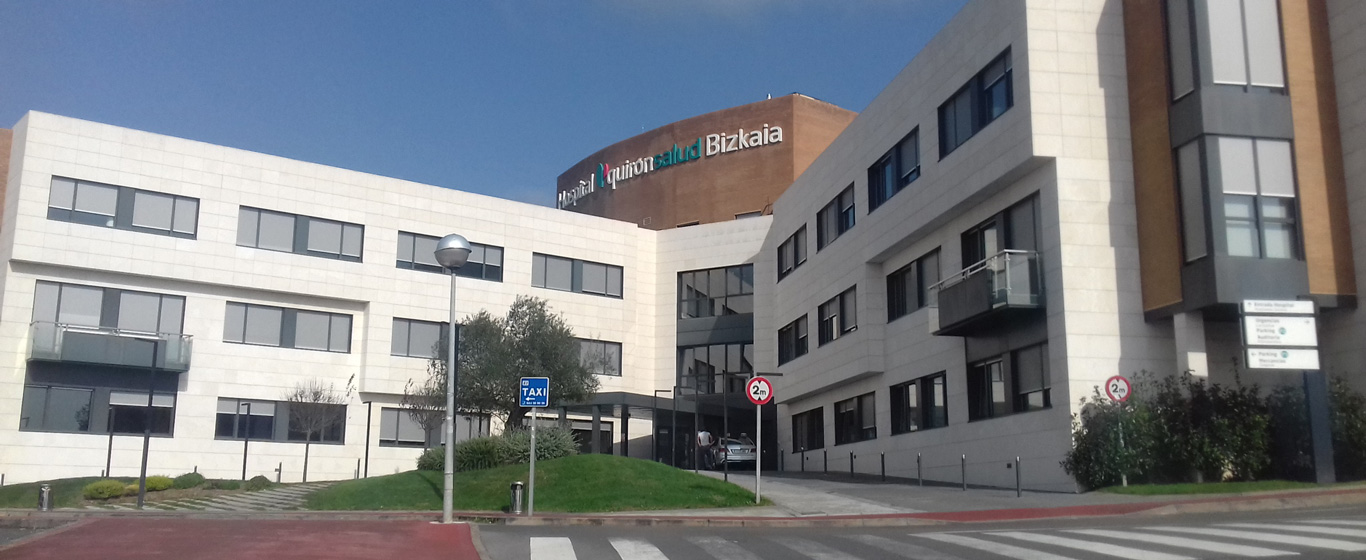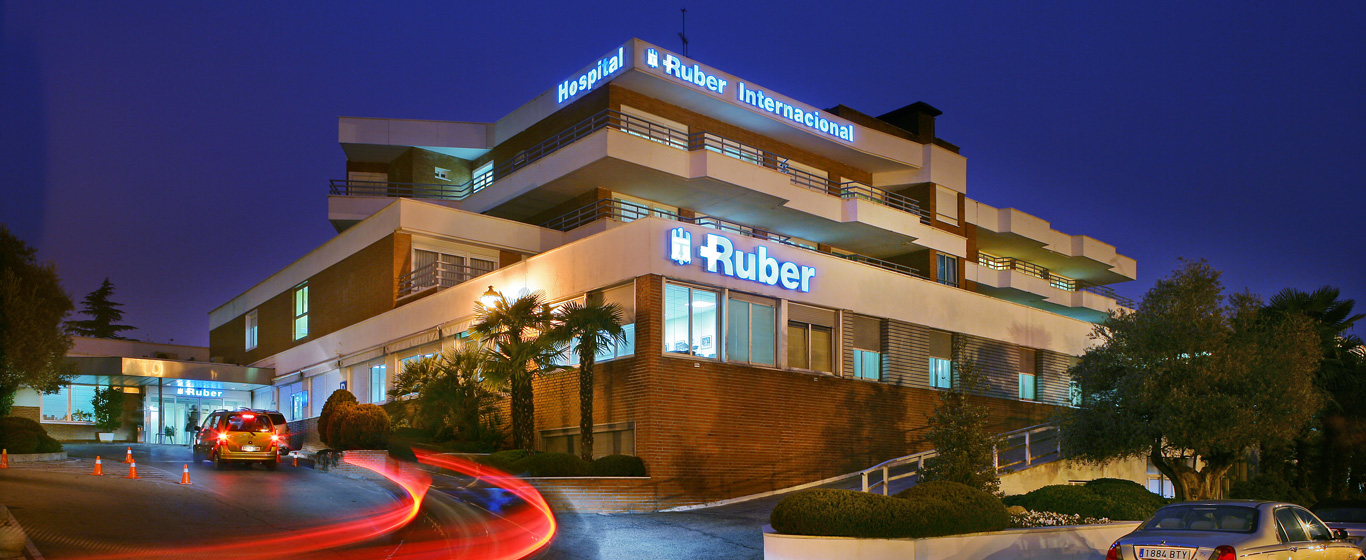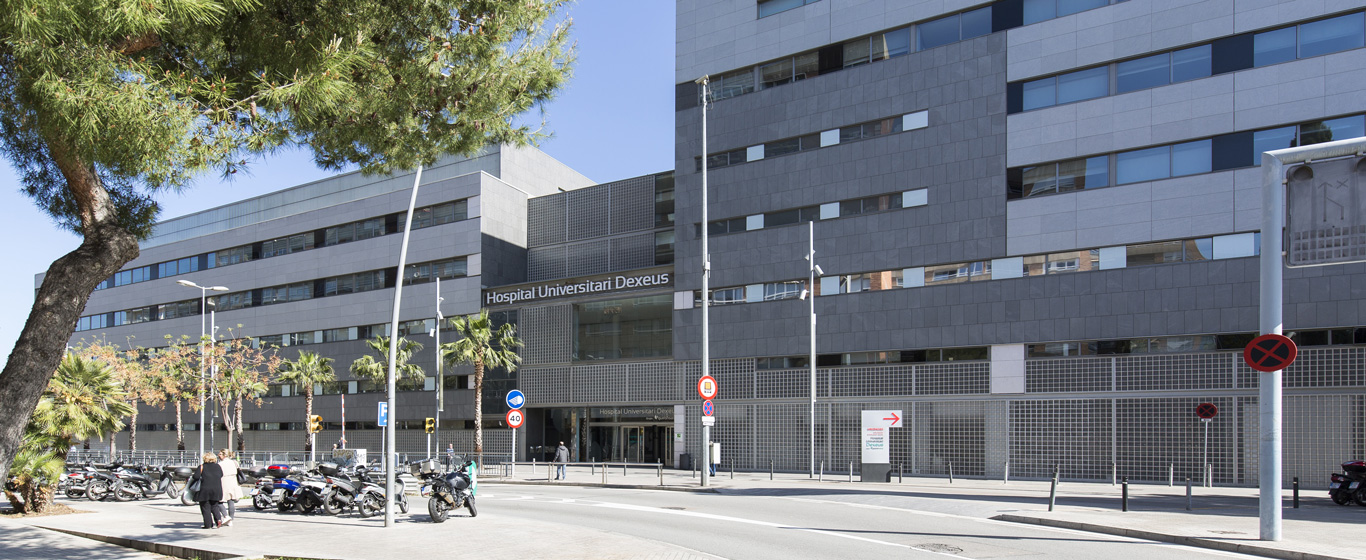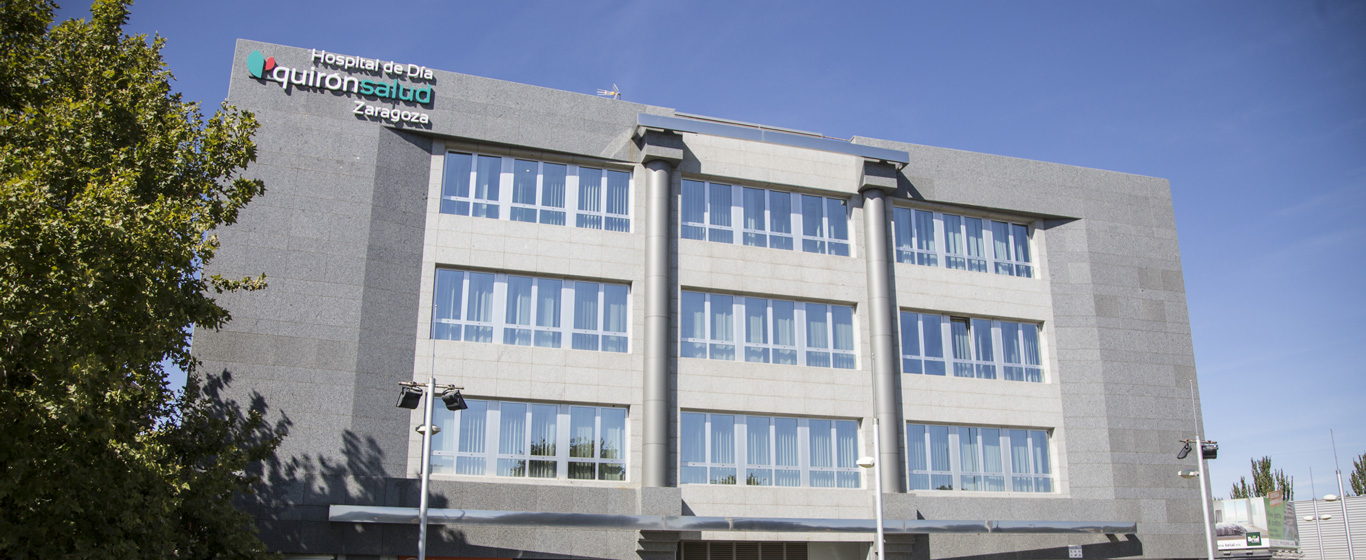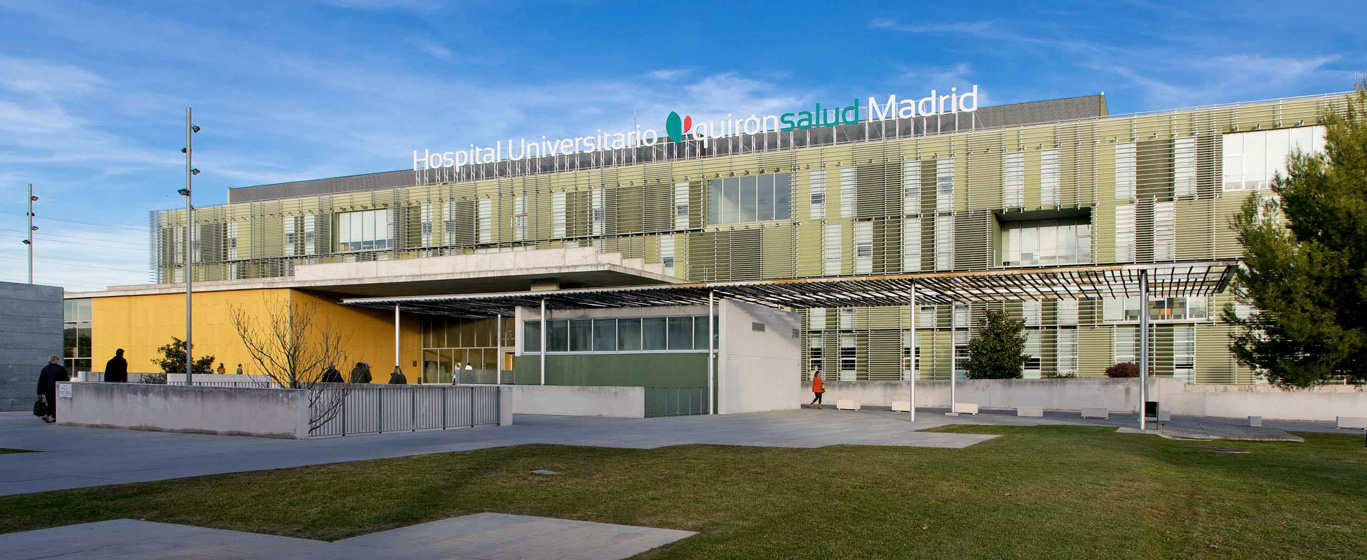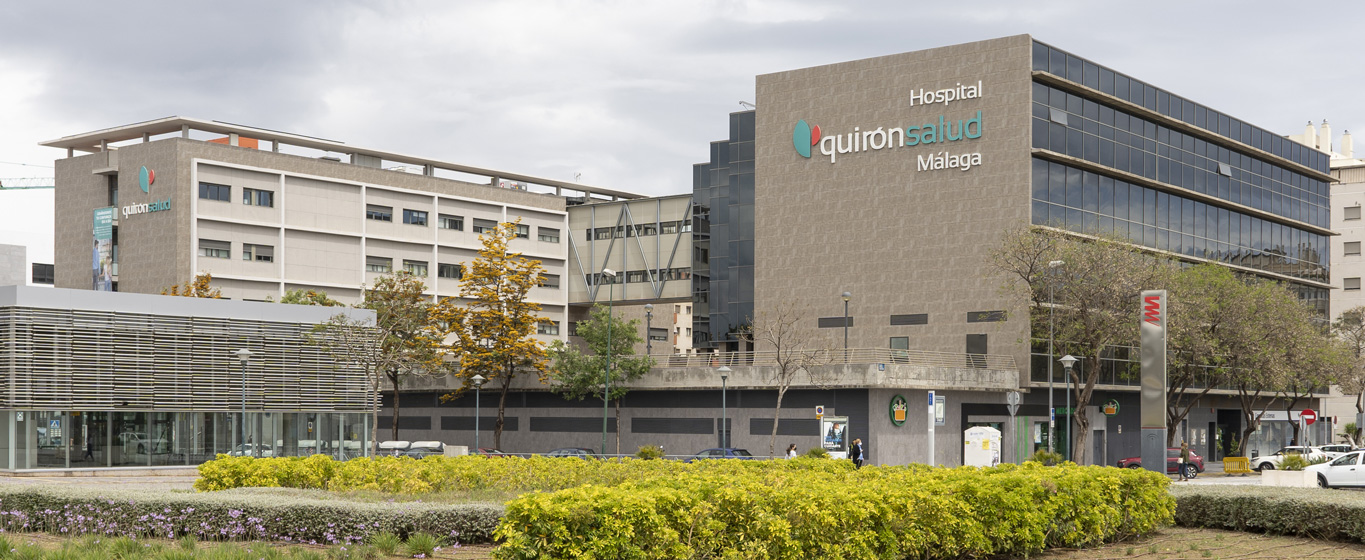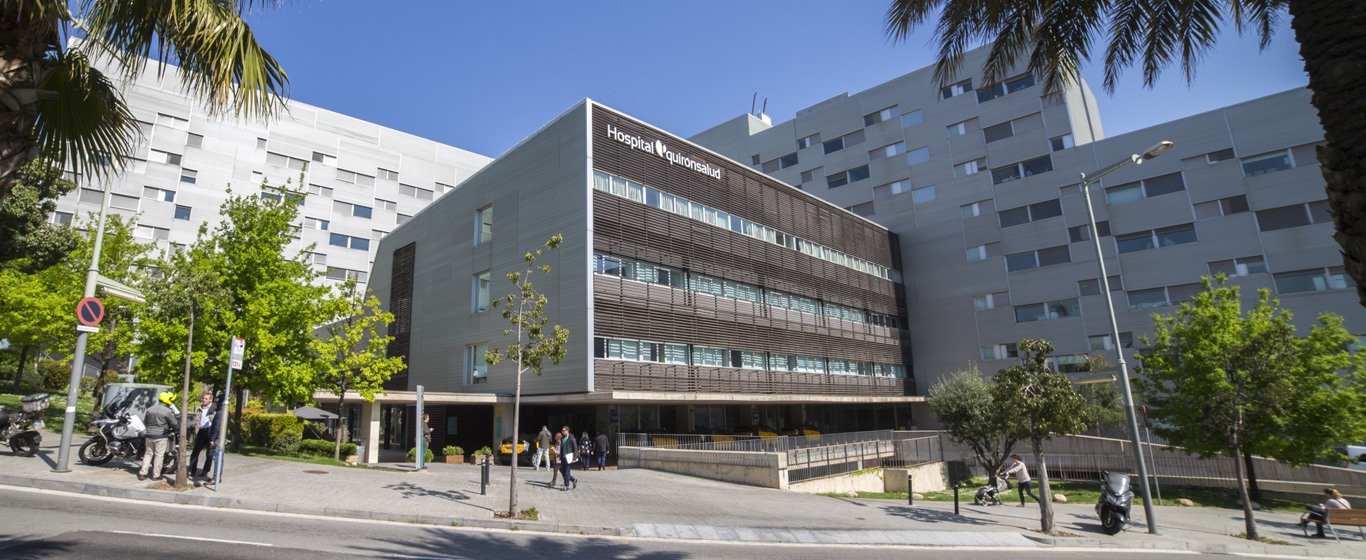PET-CT
PET-CT combines positron emission tomography with computed tomography to obtain images of both the structure and function of organs.
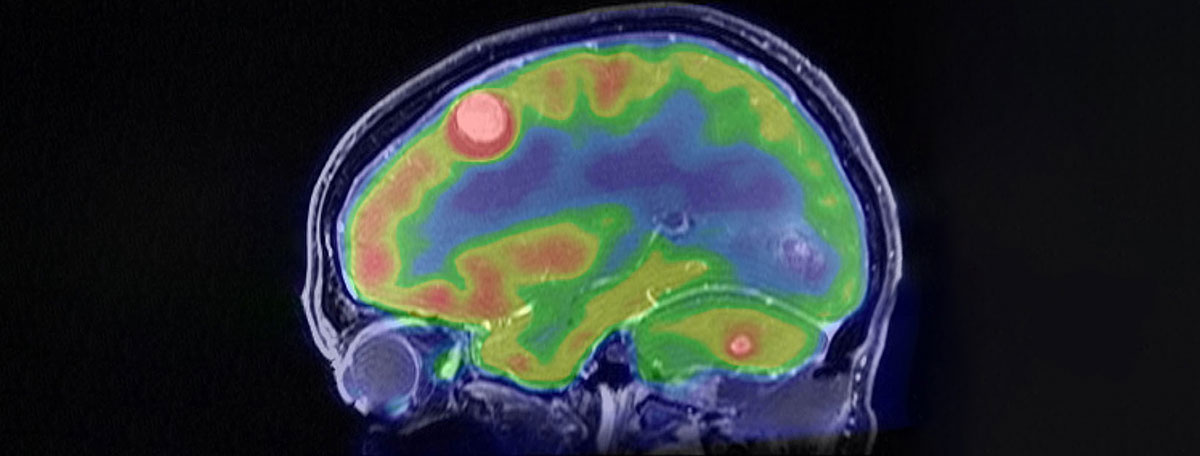
PET-CT is an imaging diagnostic test used in nuclear medicine. This procedure combines two technologies to achieve more accurate results:
- Positron Emission Tomography (PET): Provides images of the functioning of organs and detects possible cellular changes.
- Computed Tomography (CT): Offers cross-sectional representations of the body’s internal structures. When combined from various angles, it creates a three-dimensional image of each part of the body.
Having both metabolic and anatomical information allows specialists to make early diagnoses of various pathologies, as well as assess their severity, especially in the case of cancerous tumors.
The amount of radioactive material used in a PET-CT is very low and therefore safe for the patient. The benefits of the test far outweigh the rare possible side effects.
How does it work?
The PET-CT test combines two different procedures at once:
- Positron Emission Tomography (PET): Uses radiotracers (substances containing radioactive material) to detect areas with higher metabolic or biochemical activity, which are typically the areas where pathology exists.
- Computed Tomography (CT): Is a scanner that takes images of the inside of the body using X-rays. This ionizing radiation penetrates soft tissues less, so to achieve the best result, a contrast material is injected to aid in detection.
The levels of glucose in the patient’s blood are relevant to the diagnosis when performing a PET-CT, as cancer cells consume more glucose than healthy cells and therefore absorb more radioactive material. This is why this technique makes it easier to determine the nature of detected neoplasms.
What are the benefits of PET-CT?
The main benefits of PET-CT technology are:
- Greater accuracy in images.
- More comprehensive information.
- Faster exams, as both tests are performed simultaneously.
When is it indicated?
The primary use of PET-CT is to detect tumors, whether benign or cancerous, including those caused by metastasis. It is commonly used to diagnose lung, kidney, prostate, heart, bone, or brain cancer.
Additionally, it can be used to observe the heart, blood vessels, digestive system, bones, and central nervous system. Some of the conditions detected or monitored with this technology include:
- Myocardial infarction.
- Heart valve abnormalities.
- Localization of infectious foci.
- Vasculitis.
- Endocarditis.
- Inflammatory bowel disease.
- Dementia.
- Parkinson’s disease.
- Alzheimer’s disease.
- Epilepsy.
What to expect from PET-CT
Before undergoing a PET-CT, an informed consent form must be signed. Pregnant or breastfeeding women should consult with the specialist to assess the potential risks of the test for the baby.
The test is outpatient, and patients can return to their routine once it is finished. Preparation for the PET-CT includes fasting for six hours prior and avoiding physical exercise. Sometimes, the specialist prescribes a specific diet to follow in the days leading up to the exam. For the procedure, the patient must remove any metallic items (jewelry, glasses, dentures, hearing aids, some types of makeup) and wear the hospital gown provided by the medical center.
The patient lies on a stretcher, and medical staff administers the radioactive material through an intravenous catheter in one of the veins in the arm or hand. Depending on the type of radiotracer used, it may be necessary to wait between 30 minutes and one hour for it to distribute throughout the body. Finally, the stretcher is placed inside the scanner, and the images are taken for about 20 to 30 minutes.
Specialties in which it is used
Nuclear medicine specialists are responsible for performing the PET-CT and issuing the report of results. This type of test is typically requested by specialists in medical oncology, neurology, cardiology, vascular damage, general surgery and digestive system, internal medicine, pulmonology, traumatology, and urology.





